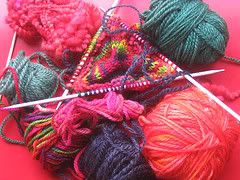The Natural History Museum, London’s Antarctic Conservation Blog has been describing some interesting pieces of material culture.
Coop of Positive Ape Index is totally in love with some old
Mister Jalopy salivates over a Christie’s auction that includes a Laughing Drunkard Coin Operated Automaton–and he kindly provides photos. In an earlier post, he finds a childhood in a jar.
Continuing its “Cool Things” series of podcasts, the Kansas Museum of History has published a new episode, this one on a leg brace for a woman who had been afflicted with polio as a child.



